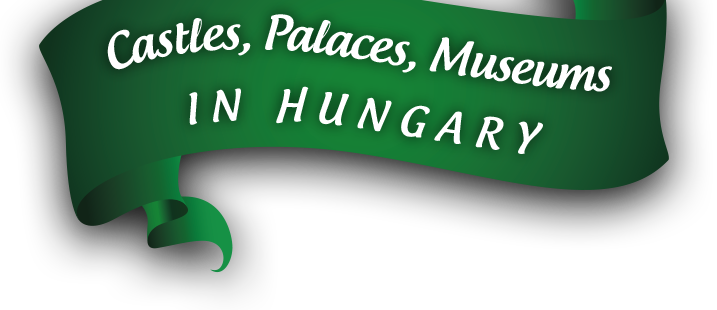This castle-complex in Prague dating from the 9th century. It was a seat of power for kings of Bohemia and the Holy Roman emperors. The buildings represent virtually every architectural style of the last millennium. Prague Castle includes the Gothic St. Vitus cathedral, the Romanesque Basilica of St. George, a monastery and several palaces, gardens and defense towers. Ont he basis of archeological research and the oldest written sources it is thought that the castle was founded around the year 880 A.D.by Prince Borivoj of the nhouse of Premyslides. The early medieval castle site was fortified with a moat and a rampart of clay and stones. From the 10th century the castle was not only the seat of the head of state, the princes and later kings, but also of the highest representative of church, the Prague bishop. The first convent in Bohemia was also founded in the grounds of Prague Castle, a convent next to the church of St. George for the other of Benedictine nuns. The basilica of St. Vitus was the main castle church since the 11th century, where the relics of the patron saints of the hand were kept: St. Vitus, Wenceslas and Adalbert. The period of the rule of King and later Emperor Charles IV (the middle of the 14th century) was a time of prosperity for Prague Castle, for then it first become an imperial residence, the seat of the ruler of the Holy Roman Empire. The royal palace was magnificantly rebuilt and the fortification strengthened. Building began on the Gothic church of St. Vitus on the model of French cathedral.
Today Prague Castle, besides the seat of the head of state, is also an important cultural and historical monument. Most of the castle areas are open for tourists. Nowadays, the castle houses several museums, including the National Gallery collection of Bohemian baroque and manierism art.
More information: www.hrad.cz; www.prague.eu
